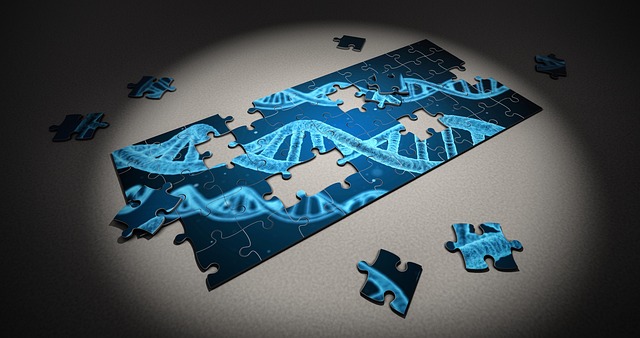What is meant by “Bioinformatics”:
Bioinformatics is the discipline related to collection of data using a computer. The data collected typically involves data such as DNA, genes and other information. This is the general definition of bioinformatics. It is usually used in genetic studies and the like. It is typically used for drug based studies and their effects on humans.
Essentially it is a tool/software used to solve biological problems (human or those effecting humans) by using statistics and data analysis. The database is developed by computer scientists that learn to store each genome’s structure and function as well as the products different combination of genomes can form. A genome contains all information of a cell in an organism- DNA. Thus. it has vast applications across various fields.
Consider this, where the genome of a microbe is usually destructive or degrading the environment; bioinformatics can study all combination of its genome and figure out a way that can make the destructive microbe to clean up the pollution it caused etc. This is a basic outline of the extent bioinformatics can help us.
Also read: Role Of Technology In Environment Protection And Restoration
How is Bioinformatics related to Environmental Science?
Recent developments in bioinformatics have revealed new uses for this to be used as a tool in environmental studies. Bioinformatics has become essential for the collection, storage and analysis of information used in wildlife and conservation studies. It is also applicable for biodiversity studies and is frequently used by toxicologists for managing data regarding blood and tissue samples to extract genetic information.
You might also like: 10 Eco-Friendly Inventions That Can Help Protect Environment
Applications Of Bioinformatics In Environmental Science:
There are various applications of Bioinformatics in Environmental Science:
- Cellular/Molecular Data: for the purpose of wildlife conservation and protection of endangered animals, cellular data is needed. This is to study the genes of the cell and make appropriate choices that can help prevent the extinction of certain animals. It basically provides extractable data that can be used in environmental science and other fields of flora and fauna conservation.
- Microbe Discovery: Bioinformatics can also be used in the discovery of new microbes and the discovered data can be stores in databases. These microbes can be extracted from ice cores, soil deposits, volcanic ash and flood water. These are useful to study climate change and monitor the spread of disease. Different variants or strands of microbes such as virus and bacteria can be known and stored using bioinformatics. This application of bioinformatics will be highly useful and important in the mitigation of the epidemic and pandemic risks. New microbes are said to emerge due to melting ice, changing weather patterns and the like due to climate change. For more information, read: Climate Change Is Causing Emergence and Spread Of Diseases
- Pollutant Identification: Pollutants in the environment can be identified using enzymes against their already characterized sensitivity. This data is also stored in the bioinformatics database. It can predict the toxicity of the pollutants, its environmental impact or degrading capabilities. Whether they are heavy metals or some other inorganic matter, genomes of microbes can be sequenced to degrade them.
Read: Impact of Heavy Metal Pollution on the Environment - Waste Cleanup: Since bioinformatics involves extracting information from the biological data collected such as from bacteria and viruses etc. Bioinformatics can also be utilized to study the DNA sequencing of microbes and other biological pollutants that can be then used to treat the pollution in water ways. Another gene sequencing of microbe called, ‘C. crescentus’ can help in sewage treatment.
- Energy Generation: Scientists are making new discoveries in this field. One recent one is that a study of microbial genome called ‘Chlorobium tepidum‘ that can produce large amounts of energy using solar energy/light.
- Combat Global Warming: Another use of bioinformatics is the help it can provide to combat climate change. This is done by sequencing microbial genomes in a way that makes them able to sequester carbon by utilizing it thereby reducing its levels in the atmosphere. If developed and perfected, it will allow us to combat the effects of climate change such as loss of sea ice, rising sea level and extreme weather events such as heatwaves.
Check out: Ways to Reduce Global Warming and Stop Earth from Heating Up
CONCLUSION:
The field of Bioinformatics is still developing in Pakistan as it is in their early stages. However, the impact and importance of bioinformatics is very crucial in the diagnosis of diseases and their identification as well. They have also started to be used for disease likelihood based on genetic predisposition and determining tribal affinities based on different Pakistani ethnicities. Moreover, progress in the field of bioinformatics is highly crucial for us being an agricultural economy, to improve the range and diversity of our vegetables and fruits.
Check out: Environmental Toxicology And What Are Its Branches
I hope you all liked this post! Please comment below if you have any suggestions, comments, or feedback! We at #envpk love hearing from our readers! Thanks!




